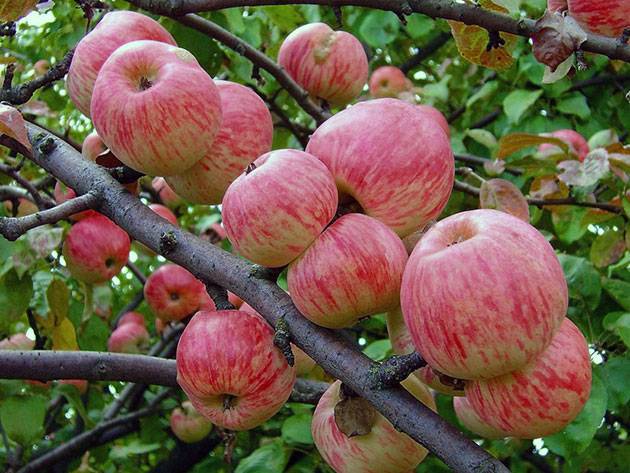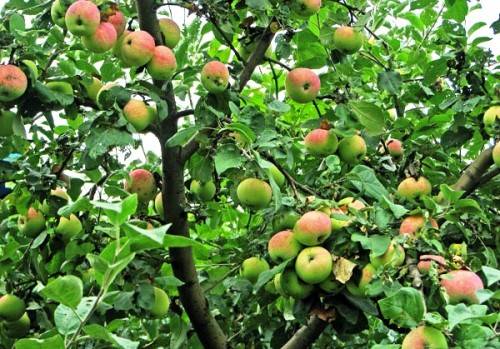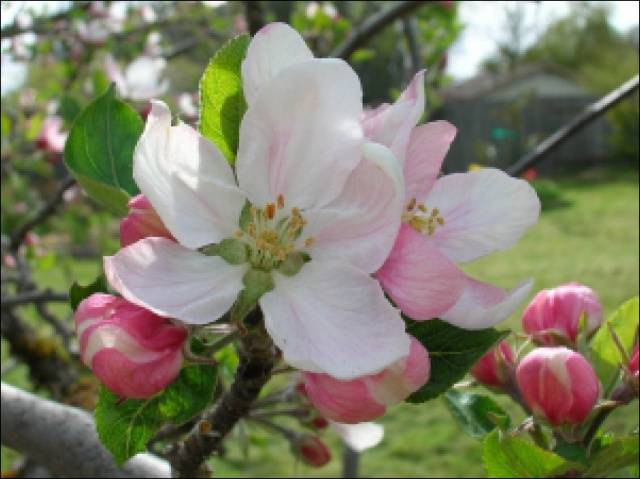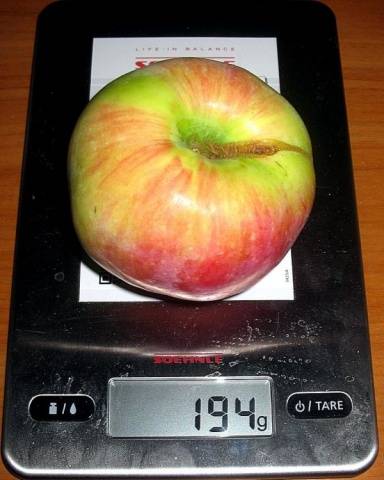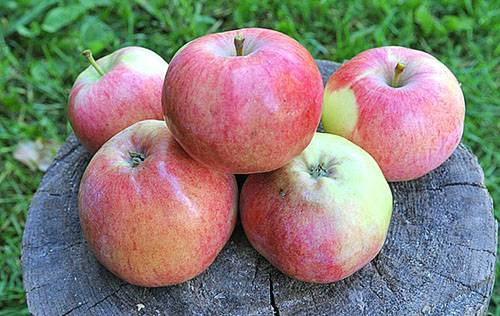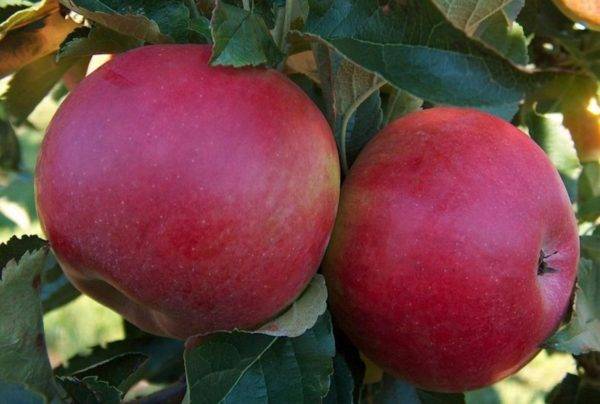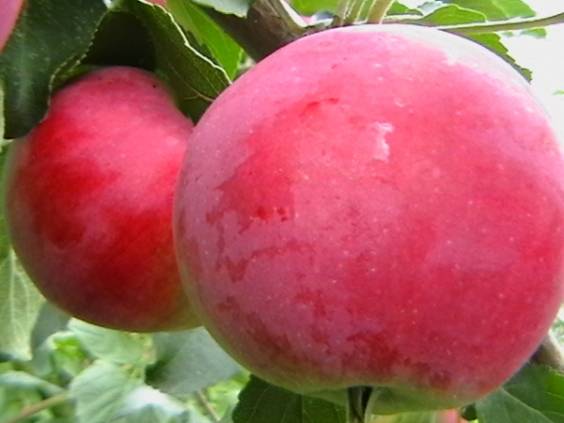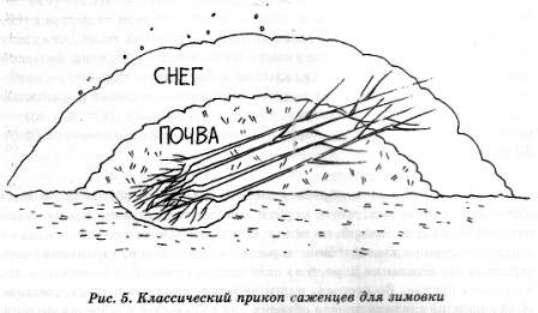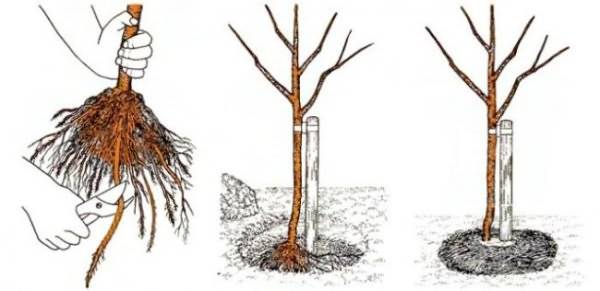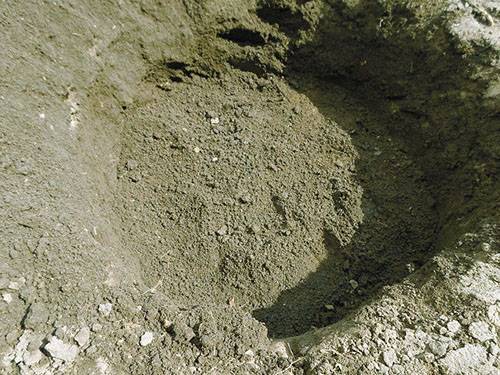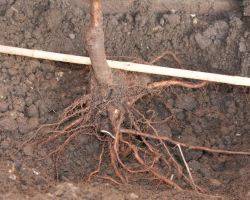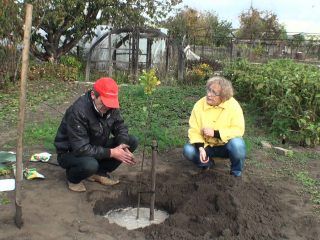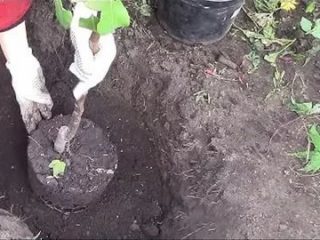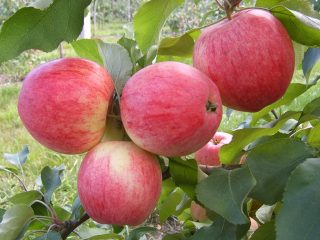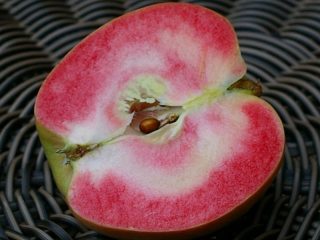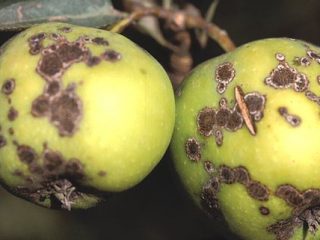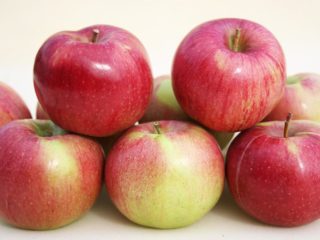Content
Currently, many varieties of domestic apple trees have been bred to suit every taste and for any growing region. But the Melba variety, which is already more than a hundred years old, has not been lost among them and is still popular. It fills the gap between summer and autumn apple varieties. Melba seedlings are grown in many nurseries and are sold well. Such longevity of the variety speaks of its undoubted advantages.
History of creation
Back in the 19th century, when no one had even heard of the science of genetics, breeders developed varieties based on their own intuition, and most often they simply sowed seeds and selected the most successful plants for propagation. This is exactly how the Melba variety was obtained in the Canadian state of Ottawa. It turned out to be the best among all the seedlings obtained from sowing seeds of McIntosh apples, the flowers of which were freely pollinated. Apparently, the author of the variety was a big fan of opera singing - the variety was named after the great Australian singer Nellie Melba. This happened in 1898. Over the past time, new varieties have been created based on Melba, but their parent is found in almost every garden.
To understand why it is so popular Apple tree Melba, reviews of which are almost always positive, let's look at her photo and give her a full description.
Characteristics of the variety
The height of a tree, as well as its longevity, depends on the rootstock on which it is grafted. On the seed rootstock - 4 m, on the semi-dwarf - 3 m, and on the dwarf - only 2 m. The apple tree lives for 45, 20 and 15 years, respectively. In the first years of cultivation, the seedling looks more like a columnar apple tree; over time, the tree branches, the crown grows, but not in height, but in width and becomes rounded.
The bark of the Melba apple tree is dark brown in color and sometimes has an orange tint. In young seedlings, the bark has a characteristic shine and cherry tint. The branches of the Melba tree are quite flexible; under the weight of the harvest they can bend all the way to the ground. Young shoots are pubescent.
The leaf blades are light green in color, often curved in the shape of an inverted boat, sometimes have a yellowish tint, and are crenate along the edge. In young trees they droop a little and go down.
The Melba apple tree blooms early, with large flowers with tightly closed petals that are light pink in color. The buds are white-pink with a not very noticeable purple tint.
The apple tree of the Melba variety is early-bearing, it begins to produce apples at 3-5 years, depending on the rootstock, and dwarfs begin to bear fruit first. The yield increases gradually, reaching a maximum value of 80 kg.
If young apple trees produce a good harvest every year, then with age, periodicity in fruiting appears. The older the tree, the more pronounced it is.
Unfortunately, the Melba apple tree is prone to scab, which is especially noticeable in rainy years. The frost resistance of this tree variety is average, which is why Melba is not zoned either in the North or in the Urals. This variety is not suitable for cultivation in the Far East.
Apples of the Melba variety are of average size, and in young apple trees they are above average. They are quite large - from 140 to a full-weight 200 g or more. They have a cone shape with a rounded base at the stalk.
The ribbing is almost invisible. The color of the skin changes as it ripens: at first it is light green, then becomes yellowish and covered with a waxy coating. Melba apples look very elegant thanks to their bright red striped blush, usually on the side facing the sun, diluted with white subcutaneous dots. The stalk is thin, has a medium length, is well attached to the apple and rarely breaks off when picking the fruit, which increases the shelf life.
The crisp, fine-grained apple pulp is filled with juice. It has a snow-white color, turning slightly green near the skin. The taste is very rich, with a balanced content of acids and sugars.
By apple tree ripening time Melba can be classified as a late summer, but weather may delay harvest until late September.If you pick completely ripe fruits, they are stored in the refrigerator for about a month, and if you do this a week or 10 days before full ripeness, the shelf life can be extended until January. Thanks to their thick skin, apples can be transported over long distances without damaging the fruit.
But still, it is better to eat them fresh, as these fruits are very healthy.
Chemical composition
The excellent taste of apples is due to the low content of acids - 0.8%, and considerable sugars - 11%. Vitamins are represented by P active substances - 300 mg for every 100 g of pulp and vitamin C - almost 14 mg per 100 g. These apples contain a lot of pectin substances - up to 10% of the total mass.
Based on Melba, new varieties were developed that are almost as good as it in taste, but do not have its disadvantages:
- Early aloe;
- Treasured;
- Red early;
- Prima is resistant to scab at the genetic level.
Clones were also isolated, i.e., those that changed the genotype of the apple tree. This usually happens for a number of reasons that are not always easy to guess. If, during vegetative propagation of such trees, the main characteristics are preserved, they can be called a variety. This is how Melba's Daughter and Red Melba or Melba ed. were obtained.
Description of the apple tree variety Melba red
The crown of the Melba red apple tree has a vertically oval shape. The apples are one-dimensional, round, and gain weight up to 200 g. The greenish-white skin is completely covered with a bright blush with pronounced white dots.
The apple pulp is quite juicy, greenish, the taste is somewhat sour than Melba, but this variety is more frost-resistant and less susceptible to scab.
An apple tree of any variety must be planted correctly.The distance between trees when planting depends on the rootstock: for dwarfs it can be 3x3 m, for semi-dwarfs - 4.5x4.5m, for apple trees on a seed rootstock - 6x6m. At this distance, the trees will have sufficient feeding area and will receive the required amount of sunlight.
Apple tree planting
Apple tree seedlings of the Melba variety are easy to purchase; they are sold in almost any nursery, and can be easily ordered from online stores.
Landing dates
This tree can be planted in both spring and autumn. The most important thing is that at the time of planting it is in the dormant stage. In the fall there should be no more leaves on the apple tree, and in the spring its buds have not yet burst. Autumn planting is carried out a month before the onset of real frost. Each region will have its own timing, since winter arrives at different times. A month is needed for the young tree to take root and prepare for winter frosts.
In the spring, young Melba trees are planted before the sap begins to flow, so that by the time the buds open and the onset of warm weather, the roots have already begun to work, feeding the above-ground part.
Preparation of planting pit and seedlings
Apple tree seedlings of the Melba variety are sold with a closed root system - grown in a container and with open roots. Both cases have their pros and cons. In the first case, there is no way to control the condition of the root system, but if the seedling is initially grown in a container, the survival rate will be 100%, and at any time of the year, except winter.In the second case, the condition of the roots is clearly visible, but improper storage can destroy the apple tree seedling and it will not take root. Before planting, they inspect the roots, cut off all damaged and rotten ones, and be sure to sprinkle the wounds with crushed charcoal.
If the roots are dried out, it helps to revive the seedling by soaking the root system for 24 hours in water with a root formation stimulator.
Spring and autumn planting of apple trees is carried out differently, but in any season they dig a hole measuring 0.80 x 0.80 m, and at least a month before planting, so that the ground settles well. The place for the apple tree needs to be sunny, protected from the winds.
The place in the lowlands and where the groundwater level is high is not suitable for planting the Melba apple tree. In such places, it is permissible to plant an apple tree on a dwarf rootstock, but not in a hole, but in a mound. For apple trees, light, permeable loams or sandy loam soils with sufficient humus content and a neutral reaction are needed.
Apple tree planting
In autumn, the planting hole is filled only with humus mixed with the top layer of soil removed from the hole in a 1:1 ratio. It is permissible to add a 0.5-liter jar of wood ash to the soil. Fertilizer can be sprinkled on top of the soil after planting. In the spring, with melt water, they will flow to the roots, and in the fall they are not needed, so as not to provoke untimely growth of shoots.
A mound of earth is poured into the bottom of the hole, where an apple tree seedling is placed, the roots spread out well, 10 liters of water are poured, covered with earth so that the root collar is level with the edge of the hole or slightly higher; it cannot be buried. Leaving bare roots is also unacceptable.
When planting in spring, fertilizers - 150 g of superphosphate and potassium salt each - are embedded in the top layer of soil. At the end of planting, make a side of soil around the tree trunk circle and, after compacting the soil, pour out another 10 liters of water. Be sure to mulch the tree trunk circle.
For a one-year-old apple tree seedling, the central shoot is cut off by 1/3; for a two-year-old apple tree, the side branches are also pinched.
A young tree needs protection from rodents in winter during autumn planting and timely watering once a week during spring planting.
There are varieties of apple trees that will always be in demand. Melba is one of them, it should be in every garden.
